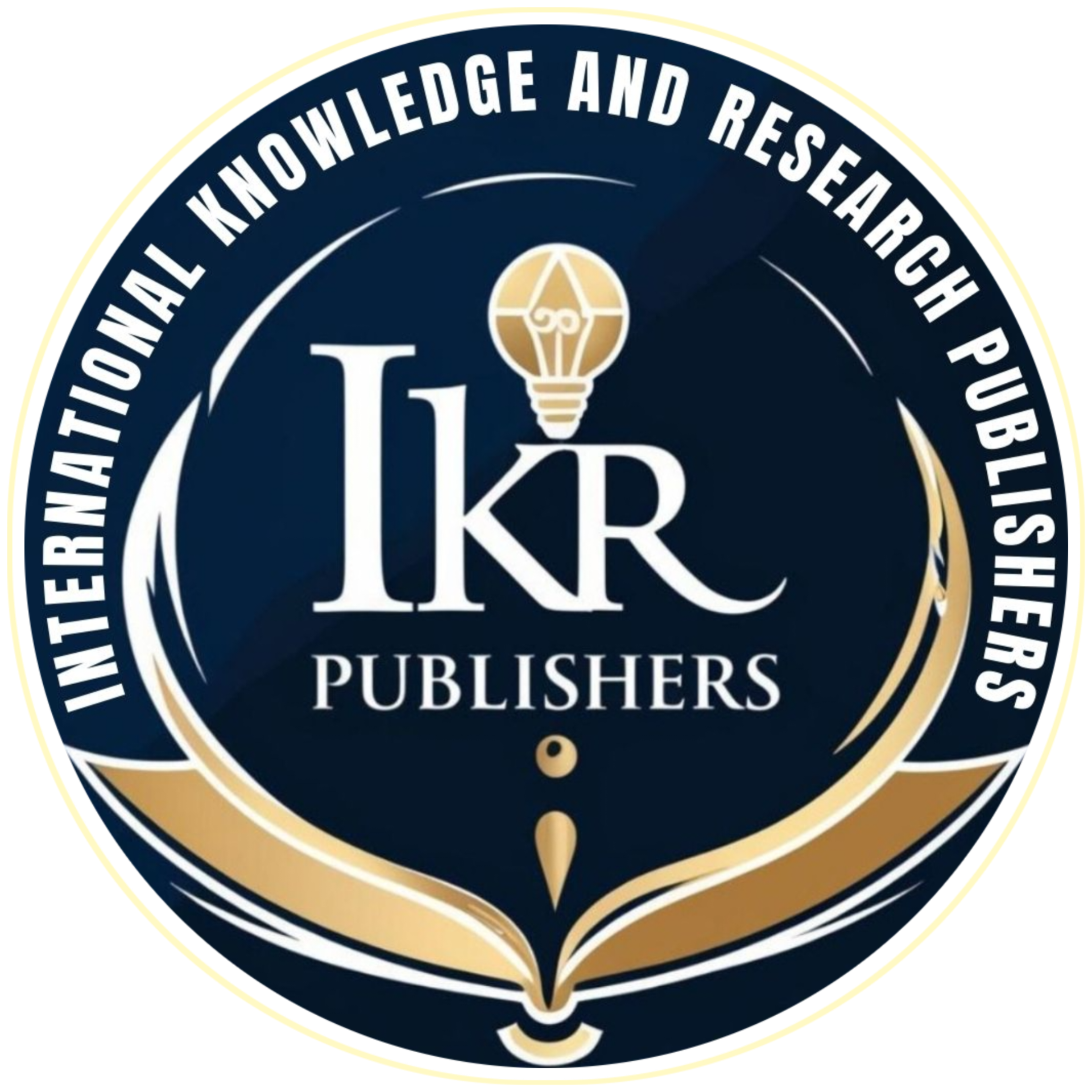- Emene, A. U. *
- Federal University of Technology, Minna, Niger State
Adsorption is a commonly used treatment for wastewater. The utilisation of Luffa cylindrica as an adsorbent had previously been adopted to treat wastewater laden with heavy metal ions. The investigation of Luffa cylindrica (LC), an adsorbent, applied for the uptake of the cadmium ions was carried out. The adsorption capacity was increased when the LC was treated with NaOH. The solution pH, immersion time, initial adsorbate concentration and adsorbent concentration influences the uptake of the cadmium ions. At an optimum pH range approximately within6 &8, the adsorption capacity increased. The pseudo second order kinetic and Sips isotherm models showed the best fit. The characterisation of the LC shows the presence of binding groups that aid adsorption. The mass transfer factor model (MTfM) was applied, and it showed no dependence of the metal ion adsorptive mass transfer on film diffusion. The MTfMfurther shows the impact of treated LC on the adsorption capacity. The outcome of the efficiency of LC as an excellent adsorptive material and the molecular understanding of the LC showed its potentiality to be used as an adsorbent wastewater treatment in developing countries. This material can further be utilised to produce nanomaterials to be applied in wastewater treatment.

